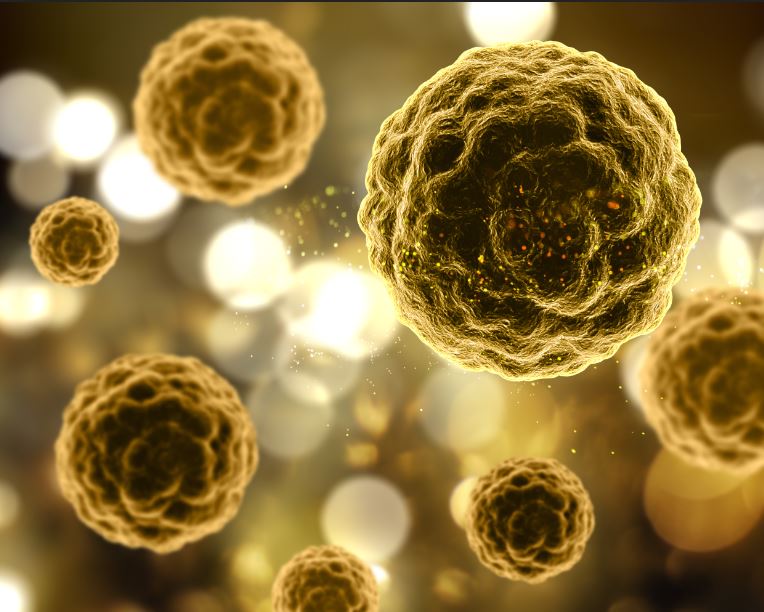Porphyrins are interesting drug delivery vehicles that can specifically accumulate in cancer cells. However, how the structure of the drug-conjugated porphyrin affects its ability to penetrate and accumulate within cancer cells is not well understood. Researchers from the
Tokyo University of Science (TUS) are investigating the correlation between the structure and tumor accumulation of porphyrin derivatives. Their findings can help to optimize drug delivery, possibly advancing cancer treatment.
Researchers at TUS, including Asst. Prof. Toshifumi Tojo, Mr. Koshi Nishida, Assoc. Prof. Takeshi Kondo, and Prof. Makoto Yuasa, have dug deeper into how the structure of porphyrin derivatives can affect tumor accumulation. Their findings are published in the journal
Scientific Reports.
Explaining their motivation, Dr. Tojo, who led the study, says, “Porphyrins are used as the basic skeleton of new drugs for cancer treatment due to their ability to accumulate in cancer cells. They possess different functional group modification positions for drug conjugation. Whether these positions confer different physical properties and membrane permeability remains unclear. Our aim was to investigate how these differences impact drug delivery.”
In their study, the researchers explored the β (third) and meso (middle) position of functional groups in porphyrins. First, using a breast cancer cell line, they looked into how these functional positions affect the time-dependent accumulation in cancer cells, ranging from 2- to 24-hour time points. They found that meso-derivatives accumulated in cells at 3-fold higher amounts than β-derivatives and that derivatives with smaller functional groups allowed better aggregation than the larger ones.
Next, they investigated how these functional group positions influence the pathway by which porphyrins enter cancer cells. They found that porphyrin conjugates form complexes with plasma proteins that facilitate their transport via endocytic vesicles. Additionally, the compounds could also diffuse into the cytoplasm through the cell membrane.
Moreover, considering their electron-rich nature, porphyrins likely interact with serum proteins that transport them to the cells. The researchers, therefore, measured how different positions influence the affinity of these porphyrin conjugates with serum proteins and how increased affinity may enhance tumor accumulation. They found that while the meso-position improves intracellular accumulation of porphyrin conjugates, it did not have a major effect on the movement of small functional groups into the cell.
Concluding their findings, Dr. Tojo remarks, “Our study reveals that the functional group modification position of porphyrin greatly affects the membrane permeability and intracellular tumor accumulation. We are hopeful that our findings can help inform guidelines for the structural design of novel porphyrin drugs.”
Overall, their study gives insight into how the structure of drug delivery systems like porphyrins must be considered to achieve maximum efficacy, hopefully paving the way for advancements in cancer drug delivery.
